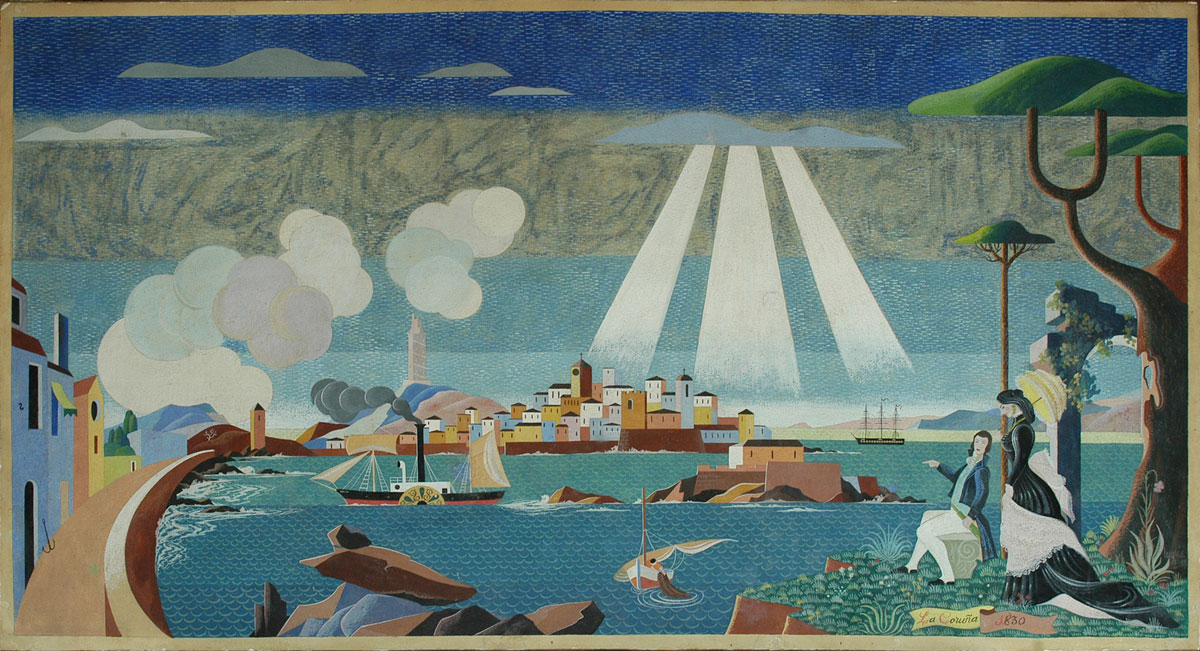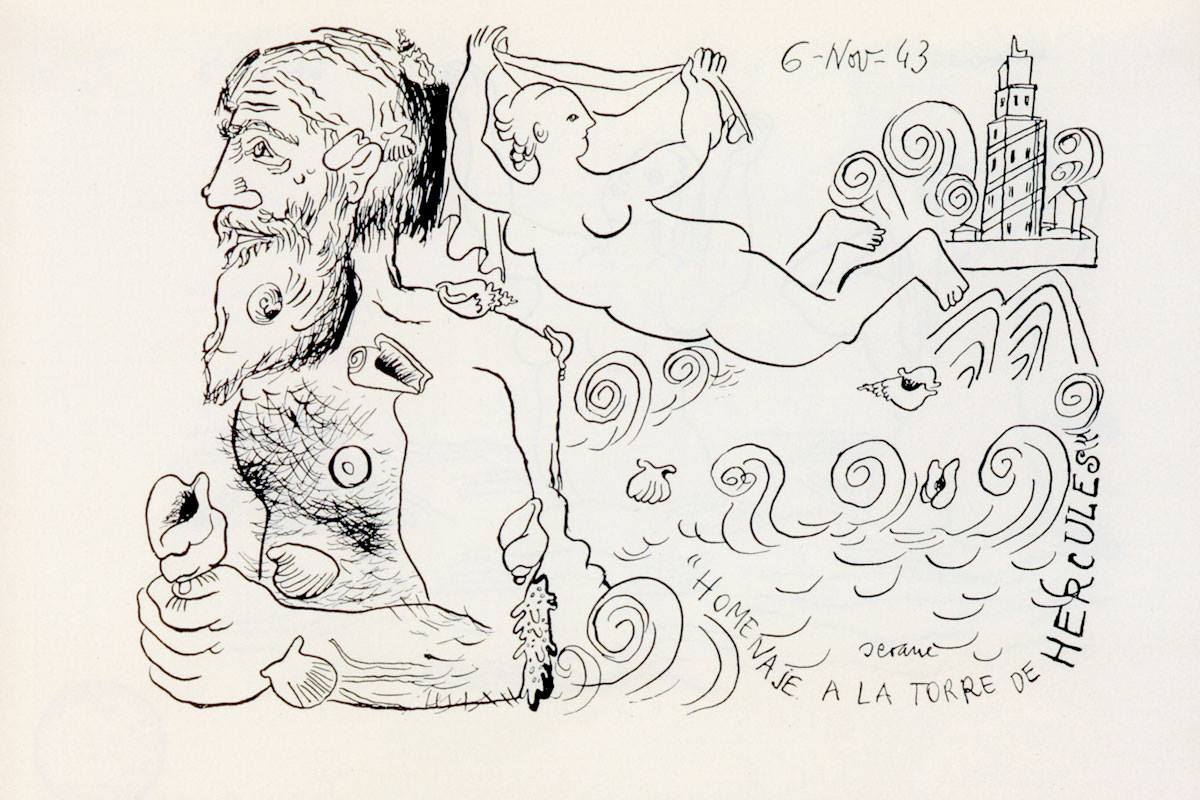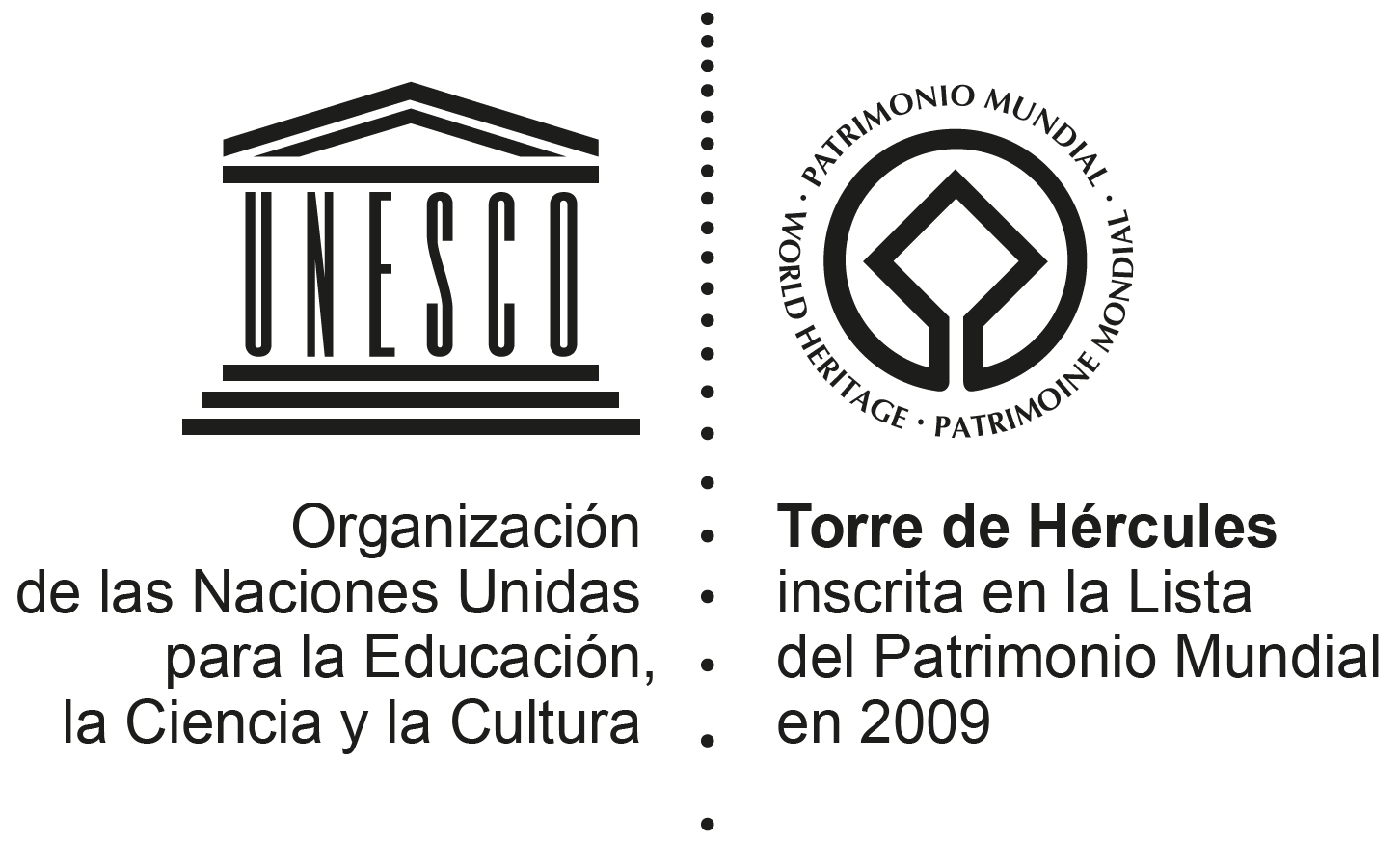- Home
- Discover the Tower
- The Tower in Art
The Tower in Art

Urbano Lugrís, Museo de Bellas Artes de A Coruña
The Tower of Hercules has made its mark on both art and literature.
Worthy of note are the works of Luis Seoane, the disquieting landscapes of Urbano Lugrís, always presided over by the tower, the expressive subjective sceneries of Francisco Lloréns, Francisco Fernández Moratinos or Alejandro González Pascual, not forgetting the panoramic views of Ferrant. But undoubtedly the artist who has taken the most liberty with the tower was Pablo Ruiz Picasso. While he was still discovering the secrets of painting during the years he lived with his family in A Coruña, he painted several oil paintings of the tower and a drawing in which he transformed it into an evocative "candy tower".
A very important chapter in the relationship between the Tower of Hercules and art must be dedicated to the multifaceted Luis Seoane, a Coruñan artist born in Buenos Aires who not only wrote about the monument, but also made his artistic contribution with Homenaje a la Torre de Hércules, selected in 1946 by the Pierpont Morgan Library and the American Institute of Graphic Arts as one of the best illustrated books published between 1935 and 1945. Another Spaniard received the same award on the same occasion and for the same reason: Pablo Ruiz Picasso, for his illustration of Buffon's Natural History.
Luis Seoane's Homenaje a la Torre de Hércules contains 49 illustrations and a preface by Rafael Dieste in a collection which seems to foreshadow the artistic journey that the artist would undertake throughout his creative life. Thus, the tower becomes the source and axis of reverie for the poet and the painter, who from the height of the monument or from the distance of an emigrant states that "I also once wanted to see the coast of Ireland that the old people of A Coruña talked about, and I did not look for the cloudless horizon of a good clear day... but it was enough for me to close my eyes to see it, and yet it was an afternoon of thick fog."

Luis Seoane, Homenaje a la Torre de Hércules
Literature
There are literary works of great interest that feature the tower: articles by Emilia Pardo Bazan, stories by Wenceslao Fernández Flórez, one-act theatre sketches by Linares Rivas and poems by Amor Meilán and Emiliano Balás. Álvaro Cunqueiro, Emilio González López, César Antonio Molina, the aforementioned Luis Seoane, Manuel Rivas and Rafael Dieste also talk about the Tower of Hercules from a literary perspective. And we cannot fail to mention many travellers, from John Adams and Alexander von Humboldt in the 18th century to Camilo José Cela and Víctor Luis Molinari in the 20th century.
In this context, the lighthouse is the light that guides the way and leads to port. It is the image of the return, of good sailing, and this has made it a symbol, an icon that has become part of the collective memory of our society. That's why, at the end of the 19th century and the beginning of the 20th century, when the transoceanic ships setting sail from the port of A Coruña, loaded with Galician emigrants and heading for the New World in Latin America, passed by the tower, they slowed down the steam engines and sounded their horns three times in a bitter and emotional farewell ritual. It was the last farewell before the lighthouse, symbol of the land they were leaving behind, for all those men and women who, full of hope, were leaving their home for a better future.
But Galician emigrants, rooted in the land of their birth, carried in their lightweight luggage the image of the Tower of Hercules, which began to shine again brightly from the other side of the ocean, thanks to the articles that intellectuals published in emigration journals. There is not a single journal among them between 1890 and 1960 that does not have an article dedicated to the Tower of Hercules, where homesickness (morriña) and saudade are palpable.




